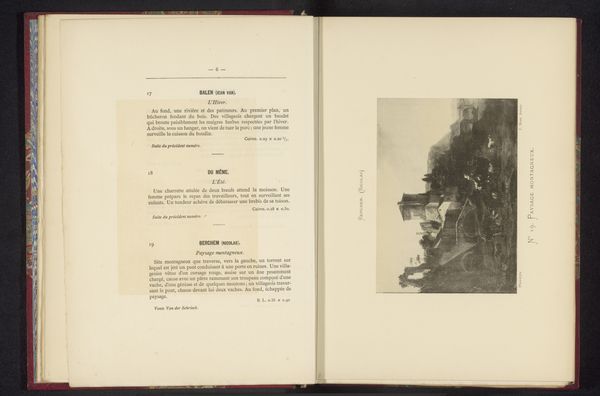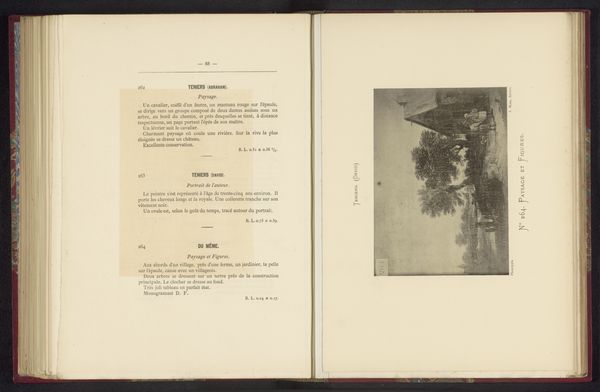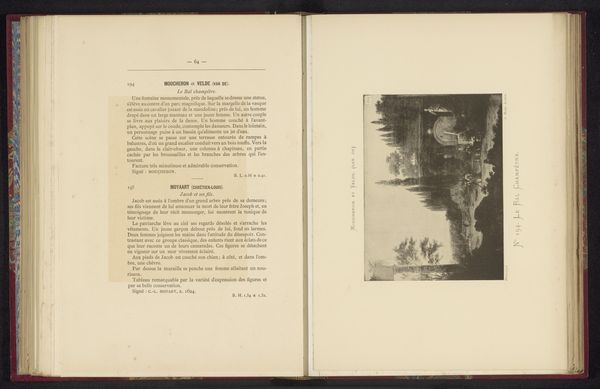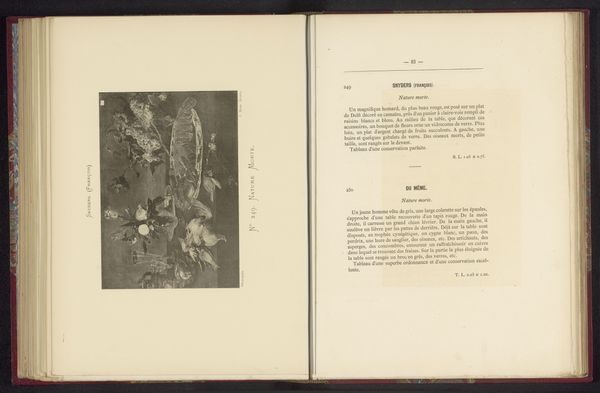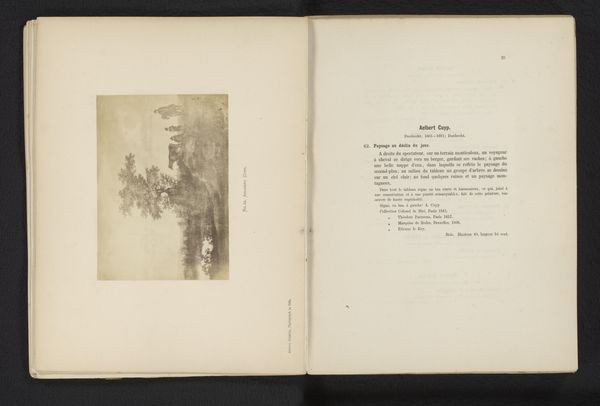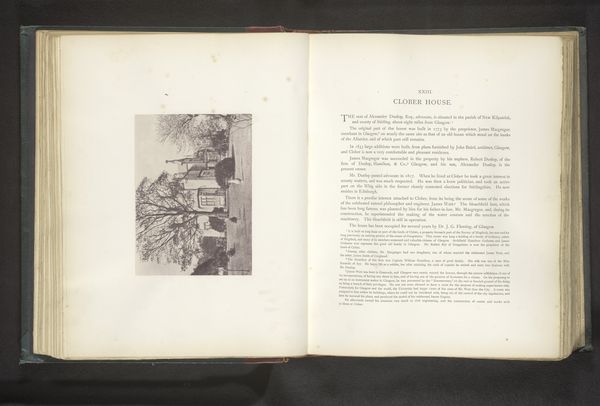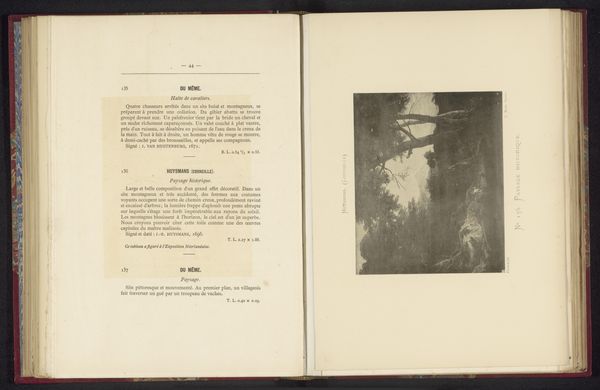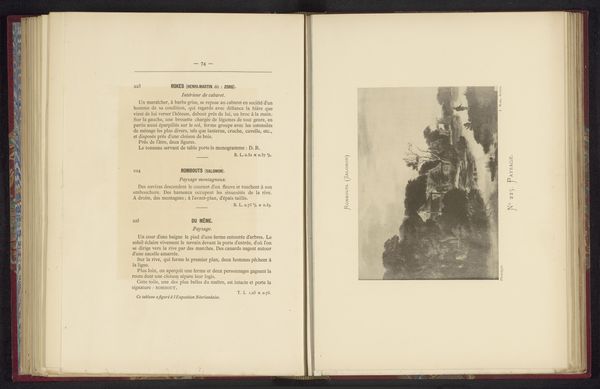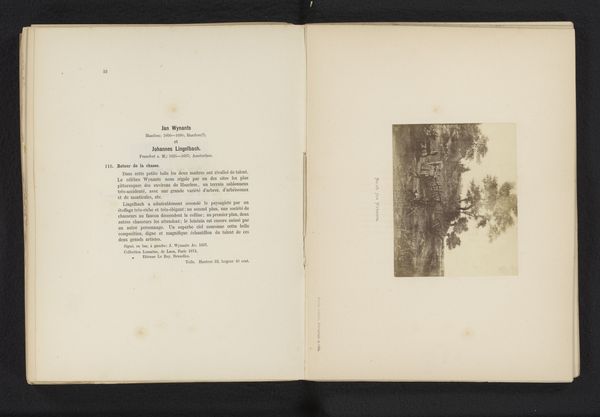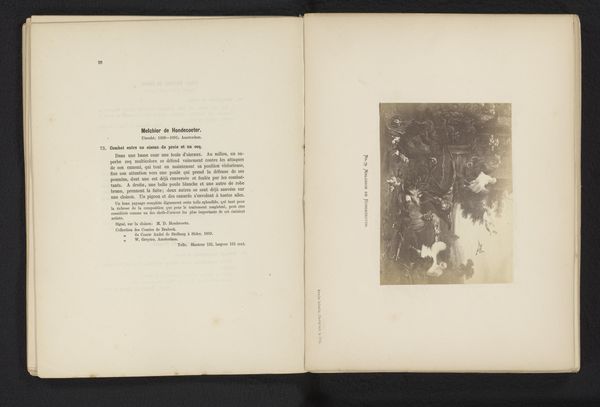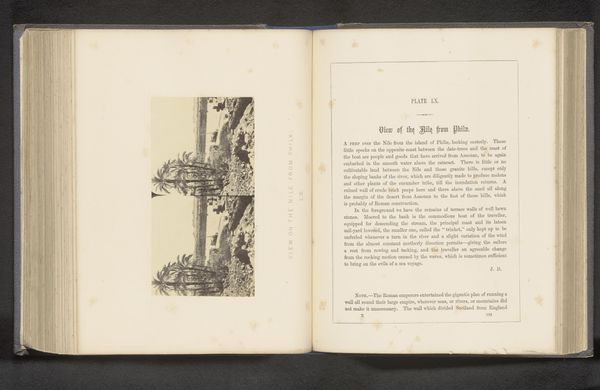
Reproductie van een schilderij van verschillende onbekende personen en paarden in een landschap met huizen door Jan Brueghel before 1883
0:00
0:00
print, etching
# print
#
etching
#
landscape
#
genre-painting
#
watercolor
Dimensions: height 107 mm, width 164 mm
Copyright: Rijks Museum: Open Domain
Editor: This print, "Reproductie van een schilderij van verschillende onbekende personen en paarden in een landschap met huizen door Jan Brueghel," dates from before 1883 and employs both etching and printmaking techniques. It evokes a scene of everyday life, yet its composition feels somewhat staged. What strikes you most about this work from a historical perspective? Curator: It's crucial to understand that this is a reproduction. As such, it presents Brueghel's original work filtered through another artist's hand and, critically, the cultural values surrounding printmaking in the 19th century. The proliferation of prints democratized art to some extent, allowing wider audiences to access images previously reserved for the elite. I'd ask: how does this reproduction reflect the desires and social context of its own time, not just that of the original Brueghel? Editor: That's fascinating. I hadn't considered the reproduction's context so deeply. Does the very act of recreating it shift its cultural significance? Curator: Absolutely. Reproductions often serve didactic or commemorative functions. They validate and perpetuate certain artistic styles and narratives. Furthermore, think about the rise of art history as a discipline in the 19th century. Reproductions like this made art accessible for study and debate, contributing to the formation of artistic canons and values. Consider the audience; how did they interact with the art in comparison to a museum experience? Editor: So it becomes a cultural artifact in its own right, not just a stand-in for the original. Curator: Precisely. The print represents how earlier art was interpreted and consumed by later generations. It's less about what Brueghel intended and more about what meaning was ascribed to him in this specific historical moment, considering popular opinions and societal expectations around art. Editor: That gives me a lot to think about! I now see it’s part of a larger story of cultural dissemination and reinterpretation. Thanks for highlighting the context and importance of art reproducibility! Curator: My pleasure. Remember, looking at art through a historical lens enriches our understanding, questioning even what appears straightforward on the surface.
Comments
No comments
Be the first to comment and join the conversation on the ultimate creative platform.
